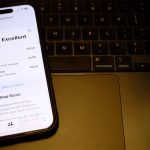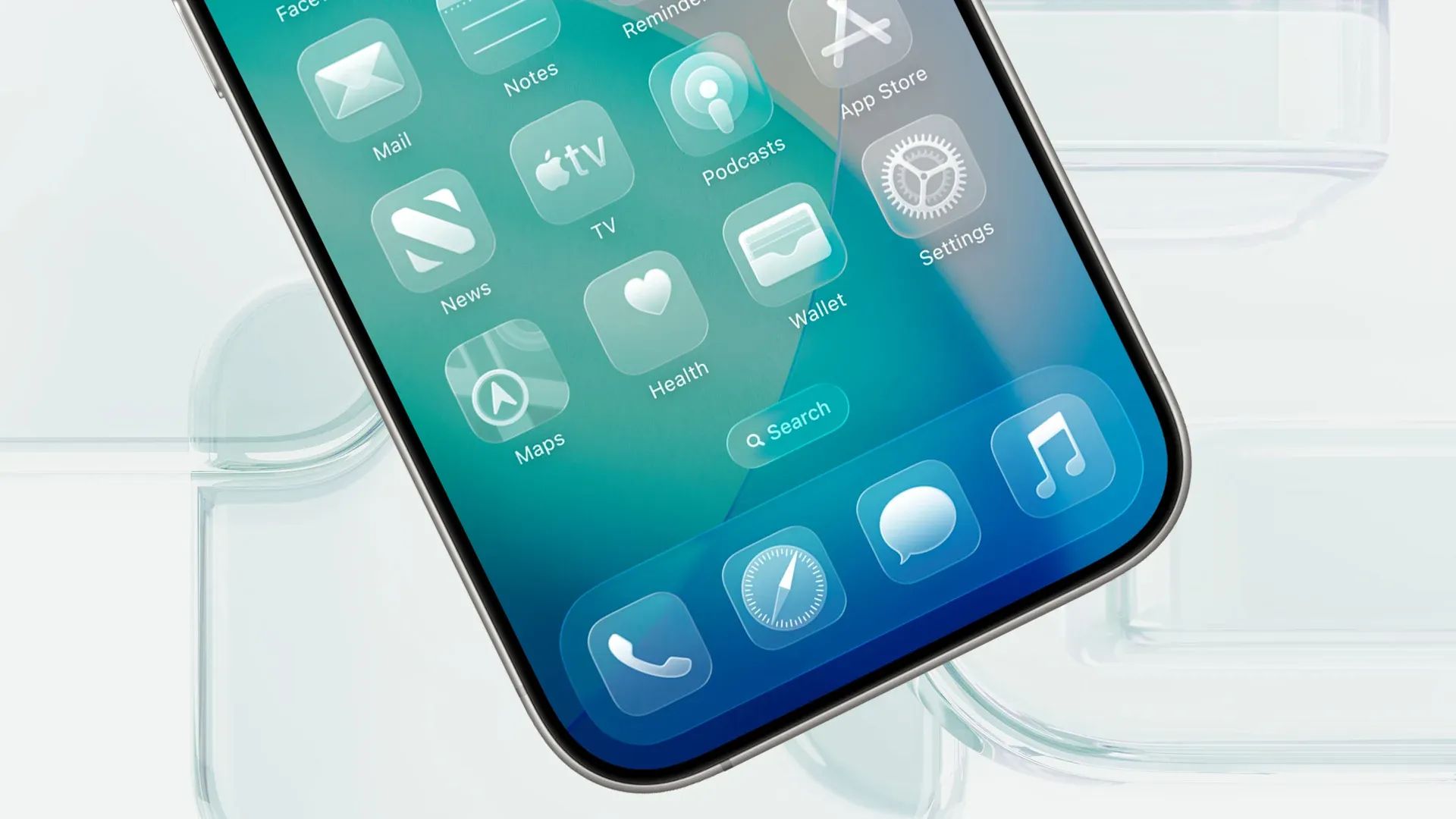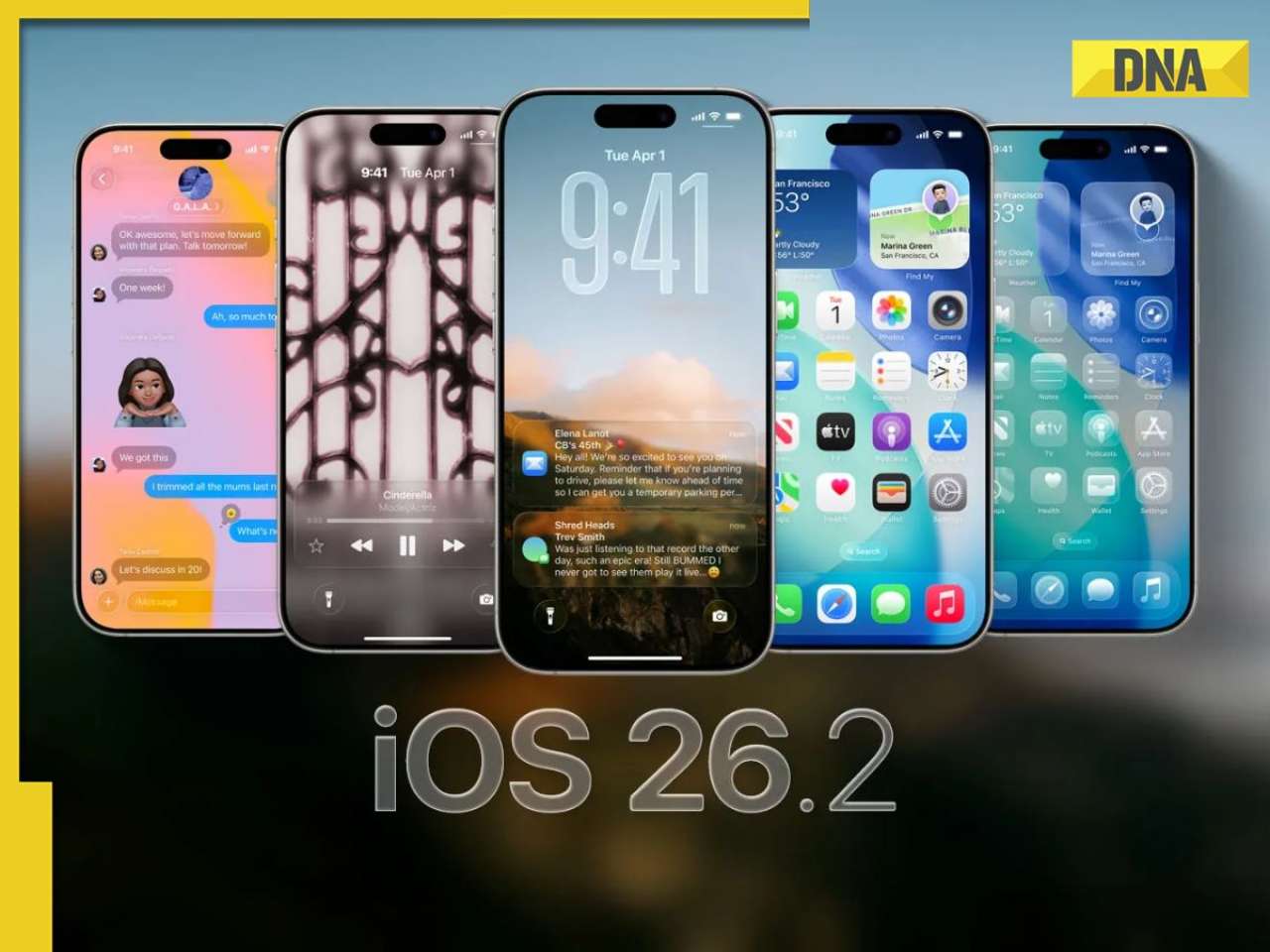Liquid Glass is nice to look at, but after a few months, your enthusiasm for the iOS 26 theme may have waned a bit and been replaced by a focus on the actual features of iOS 26.
The iOS 26 debut of such a feature excited biometrics fans, but it was quickly revealed that it wasn’t quite ready for prime time use. Fortunately, this could change in the coming weeks.
We are of course talking about the introduction of sleep score, which debuted with iOS 26 in September. I’ve been tracking my sleep for over a decade across dozens of devices and numerous apps. And as a denizen of the Apple ecosystem, I’ve long wondered when I’ll be able to, uh, take advantage of a sleep score with native Apple software. Surely it would be as reliable as the scores offered by Google’s Fitbit, I thought.
Enter the Apple Sleep Score Problem
When “great” doesn’t seem like it
Apple has been tracking sleep since 2014, measuring rest periods such as deep sleep, light sleep, and REM sleep. But that changed when it started scoring sleep, because the numerical score has been used by Apple’s competitors for years. However, it only took me a few nights to realize that Apple’s sleep score classifications, particularly my frequent “Excellent” ratings, didn’t seem entirely accurate. For example, I would wake up some mornings exhausted to find that Apple had given me a sleep score in the 90s (out of 100) and rated my sleep as “Excellent.” The readings are performed on the Apple Watch while a person is sleeping.
“It’s funny, I don’t feel excellent,” I thought, before taking off my Apple Watch, putting it on the charger for a quick charge, and starting my day. This happened so often that I completely lost confidence in the sleep score and went back to my Fitbit.
It appears my experience was common, as Apple is changing the wording associated with its sleep score in iOS 26.2.
The table below shows how current sleep scores are currently characterized and how they will be with iOS 26.2. As you can see, Apple has completely removed the “Excellent” rating.
|
iOS 26.1 Sleep Score Ranking |
Current ranking |
iOS 26.2 Sleep Score Ranking |
New ranking |
|---|---|---|---|
|
0-29 points |
Very weak |
0-40 points |
Very weak |
|
30-49 points |
Weak |
41-60 points |
Weak |
|
50-69 points |
ALL RIGHT |
61-80 points |
ALL RIGHT |
|
70-89 points |
High |
81-95 points |
High |
|
90-100 points |
Excellent |
96-100 points |
Very high |
How Apple’s Sleep Score is Calculated
Apple says more than 5 million nights of data are at stake
However, the constituent elements of your sleep which make up the score remain the same: you obtain 50 points for the duration, 20 points without interruption/wake-up, and 30 points if you go to bed on time.
Apple could be forgiven for only making these sleep score changes after reading reviews on Reddit as “too easy”, but these changes are the result of more data collected by Apple from study participants. Here’s how Apple explains how it calculates sleep score:
The Sleep Score scoring approach and prioritization algorithm is based on the latest guidelines published by the American Academy of Sleep Medicine, the National Sleep Foundation, and the World Sleep Society. More than 5 million sleep data from the Apple Heart and Movement Study were used to develop and test the scoring algorithms.
Of course, simply changing the words associated with a numerical score applied to its sleep data won’t be enough for people who value accurate sleep scores that go deeper than the words Apple associates with the data, whether they’re “Excellent” or just “Very High.” However, as Apple continues to incorporate more data into its assessment of a person’s sleep quality, perhaps changing the nighttime nomenclature will be an acceptable first step.
If you’ve used a Fitbit, you know that its sleep trackers prominently display overnight heart rate in the sleep score data. After looking at the numbers for a few nights (or years, in my case), it became clear that for me, a lower heart rate during a longer period of sleep was the best indicator of how rested I would be the next day. Apple Watch users like me may want Apple to include sleep heart rate more prominently in the report. (Currently, users must leave the Health app’s Sleep menu and switch to the Heart menu to view their heart rate during the night.) The science may be right, but the app’s UX seems flawed.
iOS 26.2 What else to know
Updated iPhone operating system expected to be released in December
The most visible sign of iOS 26.2 will be the “liquid glass” slider that unlocks the phone. Also improved is Apple’s Reminders app, another utility that has been criticized over the years, especially compared to many other reminder apps. If you use the Apple Podcasts app, updates and upgrades will be coming.
It’s also worth noting that if you reside in the European Union, the AirPods Live Translation feature is finally coming.
- Brand
-
Apple
- Heart rate monitor
-
Yes
- Color screen
-
Always-on Retina display
- Notification support
-
Yes









